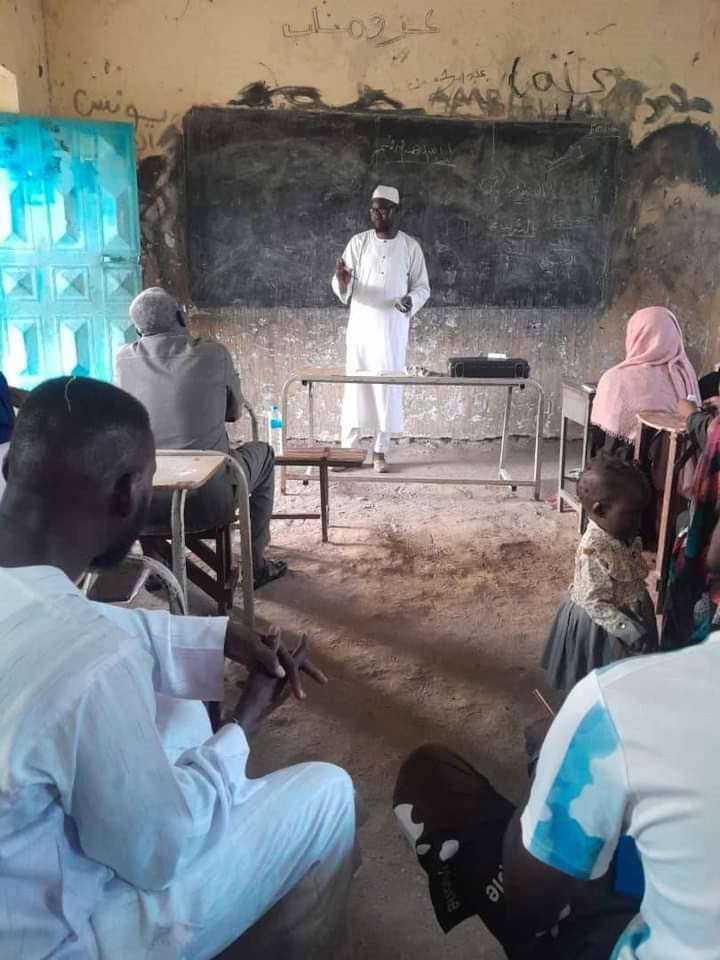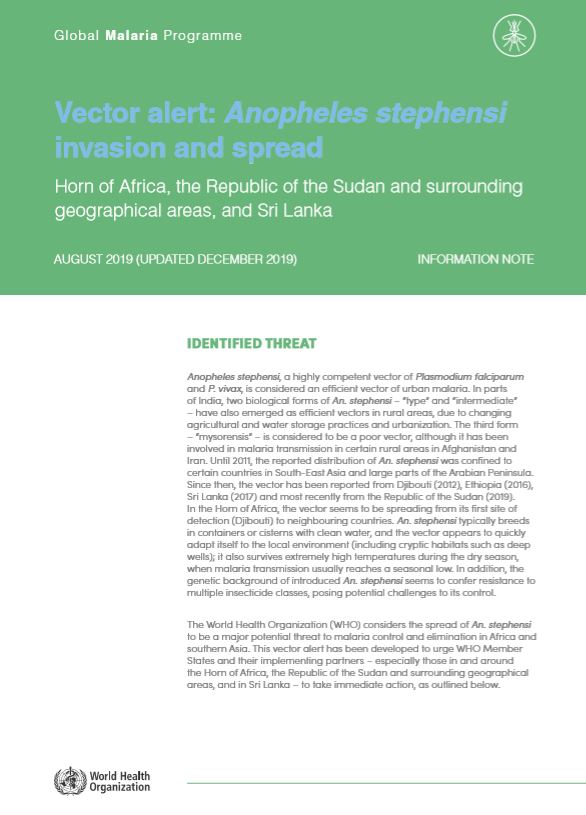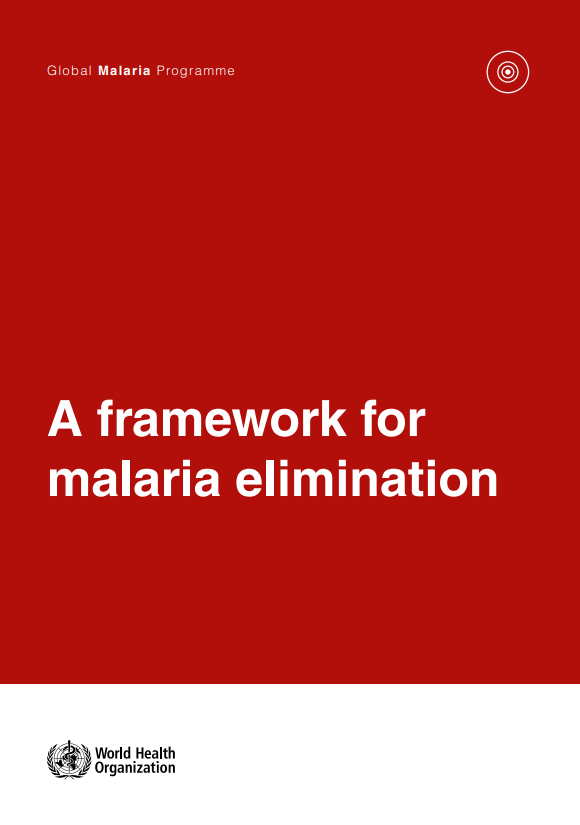 Abdalla Adam, a volunteer from Gedaref, presents a workshop for fellow volunteers, January 2024. Workshops typically address the various species of vectors found in Al-Tadhamon, a suburb of Gedaref town. Photo credit: Younis Salihh21 April 2024– Sudan stands out for its unique social fabric and complex malaria landscape. Despite the conflict that has raged for more than a year, as well as many political and economic challenges, Sudan continues to try to respond to malaria. Community engagement initiatives have proved crucial to this effort.
Abdalla Adam, a volunteer from Gedaref, presents a workshop for fellow volunteers, January 2024. Workshops typically address the various species of vectors found in Al-Tadhamon, a suburb of Gedaref town. Photo credit: Younis Salihh21 April 2024– Sudan stands out for its unique social fabric and complex malaria landscape. Despite the conflict that has raged for more than a year, as well as many political and economic challenges, Sudan continues to try to respond to malaria. Community engagement initiatives have proved crucial to this effort.
Gedaref state hosts close to 500 000 internally displaced people and bustles with volunteers and civil society organizations. Here, efforts by community members have been vital in navigating the chronic malaria burden and curbing other epidemics that have ensued since the conflict began in April 2023.
For nearly 2 decades, Abdalla Adam, a teacher and farmer from Om Bileil, a malaria-stricken village in Gedaref, has been at the forefront of community efforts to alleviate malaria. “Gedaref is synonymous with malaria,” said Abdalla. “We see other diseases too: kala-azar, polio, cholera and, more recently, dengue and chikungunya. But these come and go, while malaria has been here for as long as I can remember.”
He explained how community service is a strong part of his Sudanese upbringing, culture and identity: “My early days with community service were largely a spontaneous extension of my upbringing. I come from a small village and nafeer* is customary for us. We would gather to clean the neighbourhood and spray ponds with insecticides.”
Abdalla shared how the scope of efforts in Om Bileil grew considerably through community awareness raising. Ms Wejdan Abdulbagi, Manager of the Malaria Control Programme in Gedaref, educated the community about vector control and the free malaria services at primary health care centres. People had previously seen cost as a major barrier to seeking health care for malaria.
During vector control campaigns, each member of Abdalla’s neighbourhood is responsible for spraying the homes of their extended family. “We also conduct regular health promotion campaigns to spread life-saving messages, like ‘If you have fever, don’t just sleep on it. Go see a doctor, it’s free!’ I think we’re doing well but a lot more can be achieved with sufficient training.”
Ms Abdulbagi said that malaria indicators have improved with community engagement initiatives: “It has become standard practice for us to involve the local community given the significant burden of malaria and the limited resources to battle it.
“Last year, the ministry was running its therapeutic efficacy study and Gedaref’s Al-Salam Hospital was selected as a sentinel site. We were already seeing considerable improvement in the care-seeking behaviour thanks to [the volunteers’] efforts, but I wanted to ensure we finish within the designated time frame, so I reached out to Abdalla. A health promotion campaign was swiftly commenced, and data collection concluded in a timely manner”.
Gedaref’s example reflects a broader shift taking place across Sudan, whereby communities are increasingly seen as pivotal in improving their own well-being. The Federal Ministry of Health is moving to institutionalize grassroots health initiatives by adopting a community health strategy. Community members are thus set to play an integral role in both the prevention and case management aspects of malaria control in Sudan.








